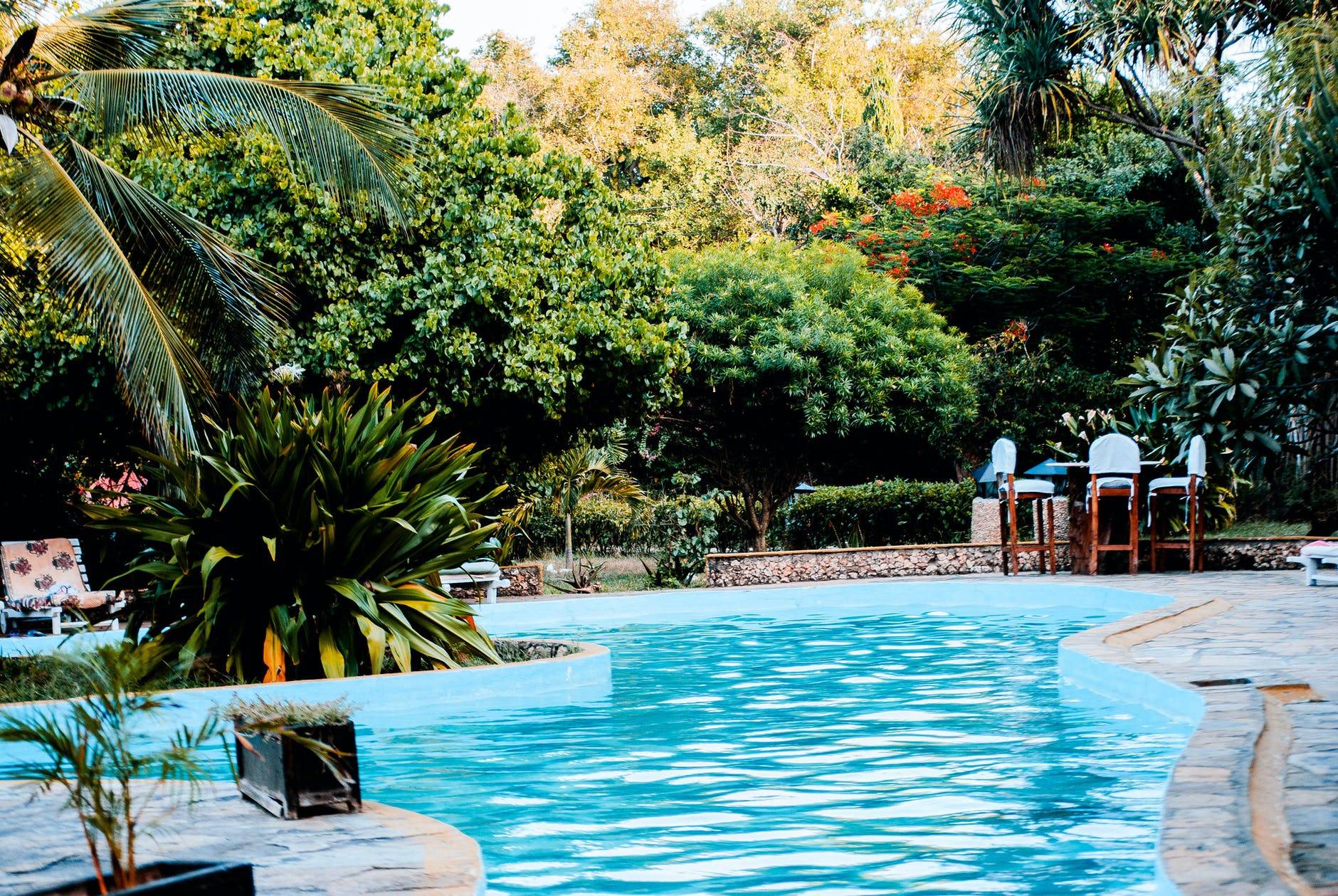Hello all,
Relatively new user here, pool in the ground for one year, last year I just added salt, with SWG indicated, ran the SWG at 60%, added water to maintain level, nothing else... pool was clear, no alge, just enjoyed swimming!
This year, purchased Taylor K-2006C and K-1766 kits and want to commit to doing it right.
Ok, my challenges
1. Pool Math App not recording data, just created a thread on this in "Just Getting Started" forum, so hopefully that was the right place to seek assistance for that issue. This hurts, as I was recording all my results for past couple weeks in the app, when I couldn't see past #'s this morning, I subscribed figuring that was the ticket to see past entries... no change still can't see any history.
2. Can't get a good reading for testing: Salt, FC,CYA, PH, TA, results seem off be off the chart, FYI - see #4 below for PH and CYA update
2. It's been 9+ days since I opened. I've been challenged to get a good FC, CC or TC reading
Note 1: I slammed the pool at opening with two gallons (I did one gallon, that seemed to get used up quickly as three days later FC was 0, so I added one more gallon) of liquid chlorine from HD. Water was relatively clear at opening (little bit brown/green tinge), some leaves and minimal sediment in bottom of pool, lots less debris than I expected due to cover, no algae noted at opening.
Note 2: Pool was covered from Oct-March with safety cover, added water as needed thru out the winter, ran the pump with filter thru out the winter at ultra low RPM (650), removed the SWG from plumping
Note 3: Later this year I'll install bypass for HP and SWG)
3. SWG states salt = 4300, Guess I added too much salt at open, it's already decreased from 4350 over the last few days due to adding water (due to evaporation before the rains it was super dry) and then the rains these past few days here in Middle Tennessee. Still forecasting more rain this week so I was going to see if that together with evaporation would lower salt into acceptable range. Again salt test results are off the chart.
4. Today for the first time was able to get good reading for PH (7.4) and CYA (100,
Note 4: I added 3-4lbs of stabilizer right before the rains guess that was a bit too much), recoded into the app but now nothing recorded.
Hopefully this makes sense?
Right now feels like I've gotten myself into a predicament that I can't figure a way out of!!!
Appreciate the assistance, thanks
Craig
Relatively new user here, pool in the ground for one year, last year I just added salt, with SWG indicated, ran the SWG at 60%, added water to maintain level, nothing else... pool was clear, no alge, just enjoyed swimming!
This year, purchased Taylor K-2006C and K-1766 kits and want to commit to doing it right.
Ok, my challenges
1. Pool Math App not recording data, just created a thread on this in "Just Getting Started" forum, so hopefully that was the right place to seek assistance for that issue. This hurts, as I was recording all my results for past couple weeks in the app, when I couldn't see past #'s this morning, I subscribed figuring that was the ticket to see past entries... no change still can't see any history.
2. Can't get a good reading for testing: Salt, FC,
2. It's been 9+ days since I opened. I've been challenged to get a good FC, CC or TC reading
Note 1: I slammed the pool at opening with two gallons (I did one gallon, that seemed to get used up quickly as three days later FC was 0, so I added one more gallon) of liquid chlorine from HD. Water was relatively clear at opening (little bit brown/green tinge), some leaves and minimal sediment in bottom of pool, lots less debris than I expected due to cover, no algae noted at opening.
Note 2: Pool was covered from Oct-March with safety cover, added water as needed thru out the winter, ran the pump with filter thru out the winter at ultra low RPM (650), removed the SWG from plumping
Note 3: Later this year I'll install bypass for HP and SWG)
3. SWG states salt = 4300, Guess I added too much salt at open, it's already decreased from 4350 over the last few days due to adding water (due to evaporation before the rains it was super dry) and then the rains these past few days here in Middle Tennessee. Still forecasting more rain this week so I was going to see if that together with evaporation would lower salt into acceptable range. Again salt test results are off the chart.
4. Today for the first time was able to get good reading for PH (7.4) and CYA (100,
Note 4: I added 3-4lbs of stabilizer right before the rains guess that was a bit too much), recoded into the app but now nothing recorded.
Hopefully this makes sense?
Right now feels like I've gotten myself into a predicament that I can't figure a way out of!!!
Appreciate the assistance, thanks
Craig


